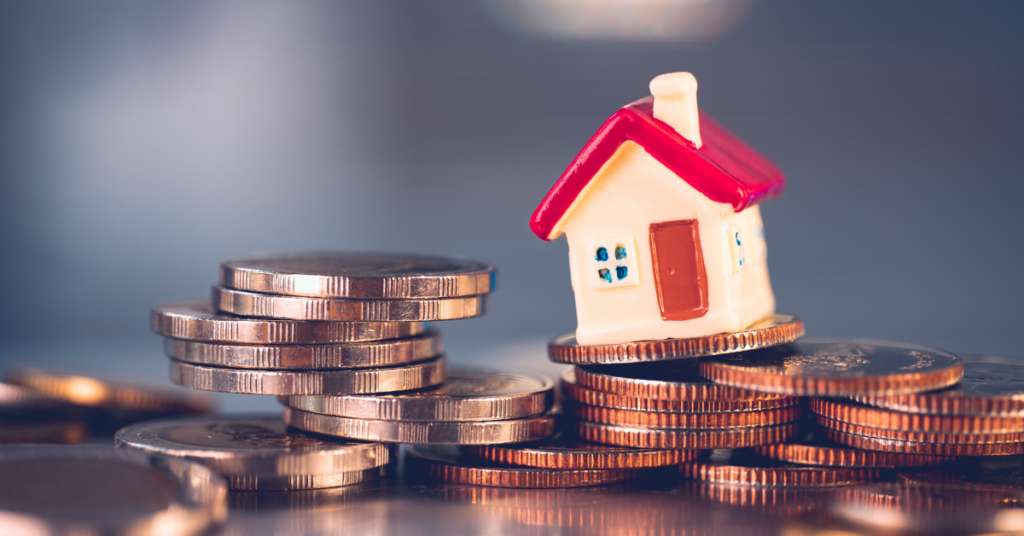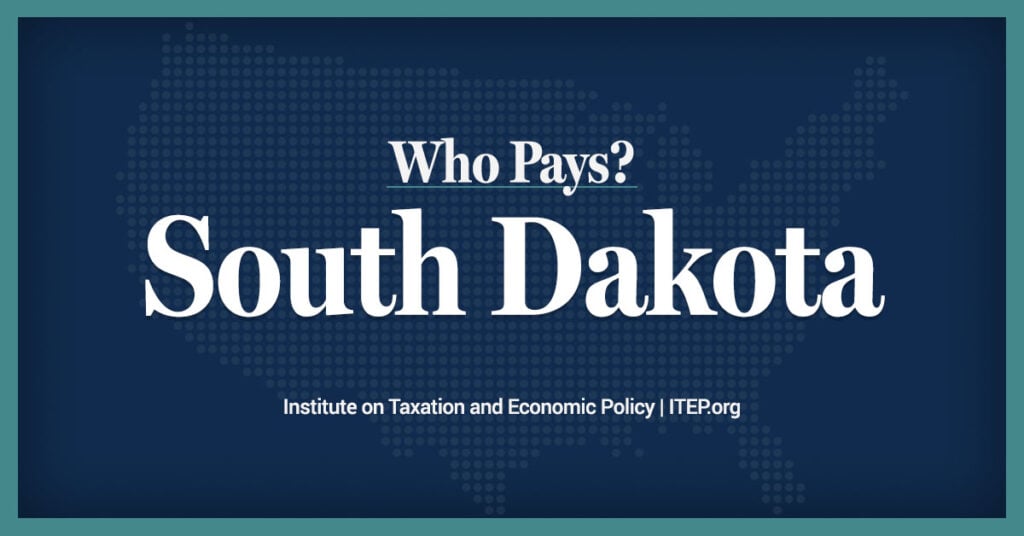By Nathan Johnson
[email protected]
Published: Saturday, December 1, 2012 12:58 AM CST
Does it matter that income inequality is increasing in South Dakota?
A report by the Center on Budget and Policy Priorities and Economic Policy Institute found that, between the late 1990s to the mid-2000s, the drop in income among the bottom 20 percent of South Dakota’s households averaged 12.5 percent. The middle 20 percent of households saw their income rise by 7.9 percent, and the top 20 percent of incomes jumped 25.7 percent.
Joy Smolnisky, director of the South Dakota Budget and Policy Project, said the question of whether income inequality matters is something that South Dakotans must decide.
The South Dakota Budget and Policy Project is a nonpartisan organization that promotes responsible and equitable fiscal policies through research and education.
“Whether you are working as a doctor, executive or laborer, the idea is that work should pay off,” she said. “What we saw in South Dakota during that last economic cycle was that most of the increase in benefits went to the richest households. The bottom 20 percent of households actually lost purchasing power. Those were households with very low incomes and very minimal, if any, discretionary income.”
Smolnisky pointed to the new index issued in November by the U.S. Census Bureau that showed 11 percent of South Dakota’s residents live in poverty when accounting for the cost of living in this part of the country.
*
“If we don’t think we want 88,000 people in a household without adequate income, we need to scratch our heads and ask, ‘Is there anything we can or should do as a state?’” she said. “What is preventing people from being able to get the kind of jobs that will support their families? If we have people who are willing to work, are they able geographically to get the jobs that will bring them up to the level where they can actually support a family? Is that because we don’t have the right skill sets and need additional training opportunities? Is it because the jobs aren’t where they live? Is it because of issues with addiction and health? Is it because they don’t want to work?”
Dr. Reynold Nesiba, an associate professor of economics at Augustana College, said he believes the increasing income disparity should lead to a discussion of fairness.
“We have high income inequality, yet we also have a highly regressive tax system in South Dakota,” he said.
A 2009 report by the Institute on Taxation and Economic Policy found that the lowest 20 percent of income earners in South Dakota pay 11 percent of their annual income in state and local taxes. For the top 20 percent, that share is just 1.9 percent.
“Lower income people in South Dakota pay a higher percentage of their incomes in taxes because we disproportionately rely on a broad-based sales tax that includes taxes on food and clothing,” Nesiba continued. “None of the surrounding states — Minnesota, Iowa, Nebraska, North Dakota or Wyoming — extend sales taxes to basic food. We could do the same.”
One of the biggest challenges facing the state is a plethora of low-wage jobs, according to Smolnisky.
A low-wage job is defined as offering pay below the wage that a full-time, full-year worker would have to earn to live above the federally-defined poverty threshold for a family of four. In 2011, that annual income was $23,005, or $11.06 when adjusted to hourly wages.
A 2012 report by the Economic Policy Institute found that in South Dakota 27.2 percent of workers are in low-wage jobs. Additionally, it was ahead of only Arkansas in the number of people who earned more than 300 percent of poverty wages at 7.1 percent. Among those making 100 percent to 200 percent of poverty-level wages, South Dakota had the highest figure at 52.5 percent.
“Almost one out of three jobs in the state are low-wage jobs,” Smolnisky said. “In those situations, you have to have multiple adults working full-time jobs to be above the poverty level. The consequence of that is you end up in situations where you can’t have adults home with children. If you only have a single adult in the household, they are either in multiple jobs or they are not able to support the household. That is the challenge of low-wage work. You have people working full time, yet they are not able to support themselves and their families.”
Charlie Gross, an assistant professor of business at Mount Marty College and a former banker, said that, despite the recent increase in per capita income for South Dakota, he believes many people still think of South Dakota as a poor state.
U.S. Department of Commerce Bureau of Economic Analysis statistics show that South Dakota’s per capita personal income in 2011 was $44,217. That’s 6 percent higher than the national average of $41,560
“The fact that this state has more income does not mean it is a richer state. My sense is, it’s not being evenly distributed,” Gross said. “When you talk to people on the street, there are individuals who have gone one, two and three years without a salary increase. In the last four years, businesses have been forced to cut back. They’ve taken income or sales hits, and it impacts people who work there.”
Workers at the lower end of the pay scale are going backwards in terms of real income, he added.
“(The result is) people have finally realized that we as individuals can no longer continue to borrow money and buy things we don’t need,” Gross said. “All that does is reduce consumption. When you’re a consumption-driven economy as we are, that’s not good for the economy but it’s good for an individual’s balance sheet because it places them in a better position to be able to withstand another recession. They have less debt.”
If inequality continues to grow, it may make another recession more likely. Researchers at the International Monetary Fund wrote last year that market efficiency and economic equality appear to go hand in hand.
“It may seem counterintuitive that inequality is strongly associated with less sustained growth,” wrote Andrew G. Berg and Jonathan D. Ostry. “After all, some inequality is essential to the effective functioning of a market economy and the incentives needed for investment and growth. But too much inequality might be destructive to growth.
“Taking a historical perspective, the increase in U.S. income inequality in recent decades is strikingly similar to the increase that occurred in the 1920s,” they add. “In both cases there was a boom in the financial sector, poor people borrowed a lot, and a huge financial crisis ensued.”
The report on income inequality in South Dakota and other states by the Center on Budget and Policy Priorities and Economic Policy Institute suggests measures state government can take to reduce the disparity. These include raising and indexing the minimum wage; improving the unemployment insurance system; making state tax systems more progressive; strengthening the safety net; and protecting workers’ rights.
Nesiba said those issues aren’t likely to be taken up by the South Dakota Legislature without political pressure.
“If the working people of South Dakota want to create a better environment for workers here, they need to organize,” he stated.





